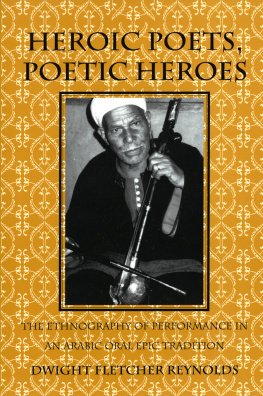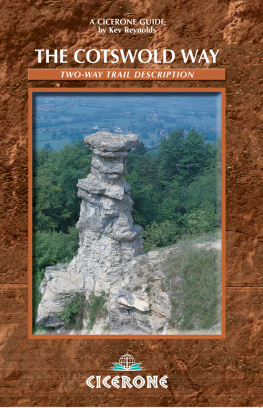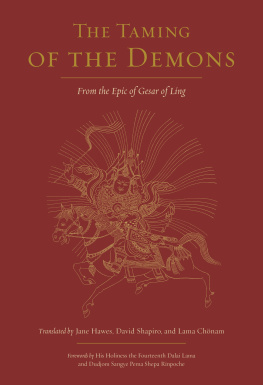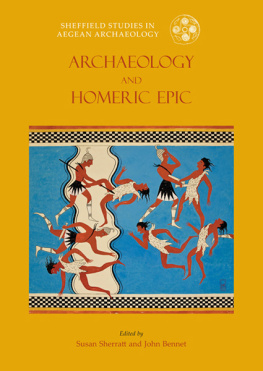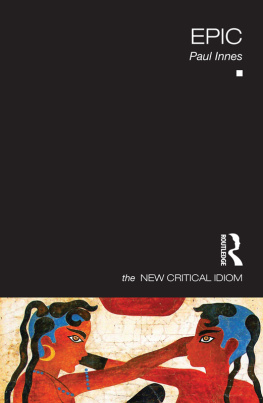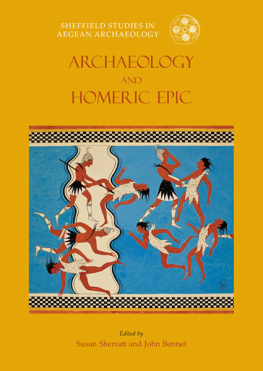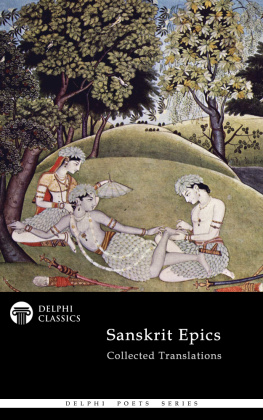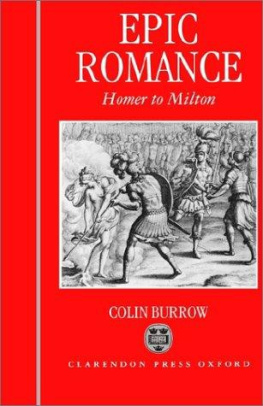
To Kathryn Lee Gill Reynolds
and Edd Van Ness Stockton
Illustrations
FIGURES
PHOTOGRAPHS
Foreword
by Gregory Nagy
Heroic Poets, Poetic Heroes: The Ethnography of Performance in an Arabic Oral Epic Tradition, by Dwight Fletcher Reynolds, introduces an important new perspective into the Myth and Poetics series. An intensive study of heroic poetry (the Srat Ban Hill epic) in al-Baktsh, the Nile Delta village of the poets, this book concretely illustrates the centrality of performance in the very process of composition or recomposition in oral traditions. Or, to put it in Saussures terms, we see how the element of parole is key to understanding the langue of the poetic process. Reynoldss emphasis on the performative dimension of oral poetics gives the reader a chance to observe how an oral tradition works in its own social framework. The author explains the tradition itself, not just a given text sample of the tradition.
Another highlight of the book is its emphasis on a poetic mentality that assumes a dialogue linking poet and audience with the characters in the story being told. Such a mentality has been investigated in the case of Homeric poetry by classicists such as Joseph Russo and Bennett Simon, but here we see, for the very first time, a detailed demonstration on the basis of a living tradition, and the result is a quantum leap in our understanding of oral epic. Reynolds isolates those tenuous moments of performance when poets and audience members alike expect to find reflections, or interactions, between their reality and the reality of the epic heroes. The poetic tradition of Srat Ban Hill struggles to reconcile and even unite the worlds of poets and heroes, men of words and men of deeds. The heroes may be long dead, but they become ever-present each time the epic performance gets under way.
This book brings another new perspective to the Myth and Poetics series. Unlike most ethnographers of today, Reynolds has taken with him into his fieldwork the questions classicists and other literary critics ask about the very nature of epic as genre. His research in a living oral epic tradition corroborates, and has in fact been strongly influenced by, Richard Martins work on speech acts in Homer, The Language of Heroes (1989), the very first book in this series.
Heroic Poets, Poetic Heroes addresses the performative realities of a living epic tradition. It accounts for the economic forces that shape the dynamics of performance, the individual poets personal ambition to be popular, and the artistic choices necessitated by the immediacy of interaction with the audience. It demonstrates that epic can represent very different things to audiences of different social and educational backgrounds. Refuting the stereotypical image of a static folk poem, supposedly immutable from time immemorial, Reynoldss book reveals an epic tradition open to constant reshaping and reinterpretation, even within its conservative rural setting. In its performative context, epic is revealed as an ongoing interaction of poet, audience, and the heroes that it glorifies.
Preface
Srat Ban Hill, the epic history of the Ban Hill Bedouin tribe, is an astonishingly rich and varied oral tradition. Its roots lie in historic events that took place between the tenth and twelfth centuries C.E. in the Arabian peninsula and North Africa. The exploits and fatal weaknesses of the heroes of the Ban Hill tribe have been recounted in Arabic oral tradition for nearly a thousand years, and traces of the tradition are found throughout the Arab world from the Atlantic coast of North Africa to the shores of the Indian Ocean. In different regions and over different historical periods the epic has been performed as a complex tale cycle narrated entirely in prose, as a prose narrative embellished with lengthy poems, as a narrative recited in rhymed verse, and as narrative sung in rhymed verse to the accompaniment of various musical instruments. In some areas, several styles of performance coexist and may be patronized by different social groups. In many regions, verses from the sira also circulate widely as proverbs and riddles. The main characters of the story have become folk archetypes of the courageous warrior, the cunning schemer, the irresistibly beautiful maiden, and the stranger-in-a-strange-land; as such they are often utilized by modern Arab writers and poets as deeply resonant social symbols.
This work treats the Srat Ban Hill tradition as it is found in a single village in northern Egypt, a village known throughout the Nile Delta as the village of the poets, owing to the large community of hereditary epic-singers resident there. These fourteen households of professional poets all perform in the same basic style: to the accompaniment of the Egyptian two-stringed spike-fiddle, the rabb, they sing the immense tale of the Ban Hill heroes in measured, rhymed verse with only occasional intervening prose passages to set the scene or gloss the main action. The most accomplished poets in the village may take well over one hundred hours to sing the entire story. As we shall see, however, there is no such thing as a complete rendition, for there exists a virtually unlimited body of subtales, historical background, and possible descriptive expansions, passed down from master poet to apprentice. These tools and techniques of the trade are many; thus some but never all are deployed in a given performance.
The focus of this book is the intense tripartite relationship that obtains between the poets, their listeners, and the heroes of the Ban Hill narrative. In examining the tradition from several different angles, I demonstrate that poets, heroes, and audience members perceive one another, interact with one another, and even rely on one another as social allies (or adversaries) in fascinating and highly significant ways, all of which contribute to the continual re-creation and propagation of the epic tradition. Furthermore, this process is not necessarily restricted to moments that we outsiders would recognize as moments of epic performance, but rather is one that takes place both inside and outside of the epic text. Though it might at first seem surprising to consider the epic heroes as active participants in this exchange, they are deployed both by poets when singing and by audience members in the ensuing discussions, so that their characters as conceived and constructed by participants invariably leave their mark on the personal relationships and social tensions that are played out during epic performances. Major issues, including ethnic identification, Arabness, religious orientation, traditional codes of behavior, manhood, womanhood, and the hierarchi-zation of social power, are woven into the texture of any modern performance of Srat Ban Hill. The tradition of performing the epic poem in this region is to a great extent kept alive by its role as catalyst for such significant social concerns. While outside researchers approach the epic seeking tradition and cultural continuity, the actual participants in the epic tradition are often present for entirely different reasons.
This book thus offers an ethnographic portrait of a tradition that is definable by its central text, the oral folk epic of the Ban Hill, but that is by no means restricted to the boundaries of that text. The Introduction provides a brief historical and geographical survey of the Ban Hill epic. Part 1, The Ethnography of a Poetic Tradition, presents a general ethnographic portrait of the village, followed by a detailed examination of the epic poets community and their relationship to the larger society in which they live. The implications of this relationship are traced through various traditional contexts for epic singing, the story of the epic itself, and the recurring structures of social interaction observed in epic performances. In Part 2, Textual and Performance Strategies in the Sahra, I examine the epic as a context for social interaction and criticism through the analysis of performance texts from a single milieu, the
Next page
